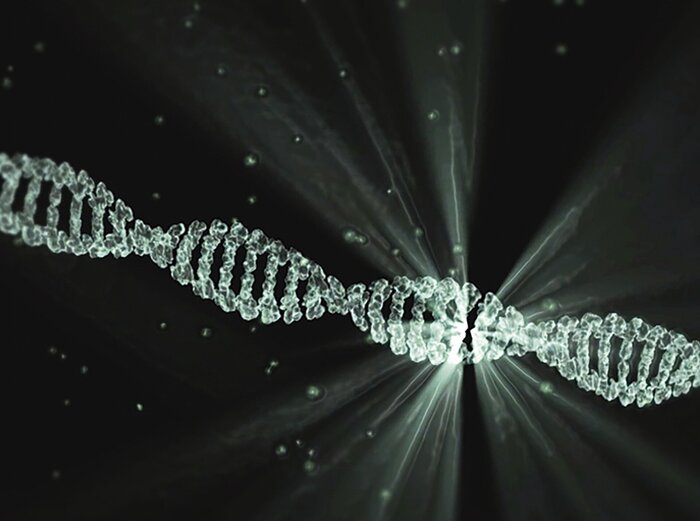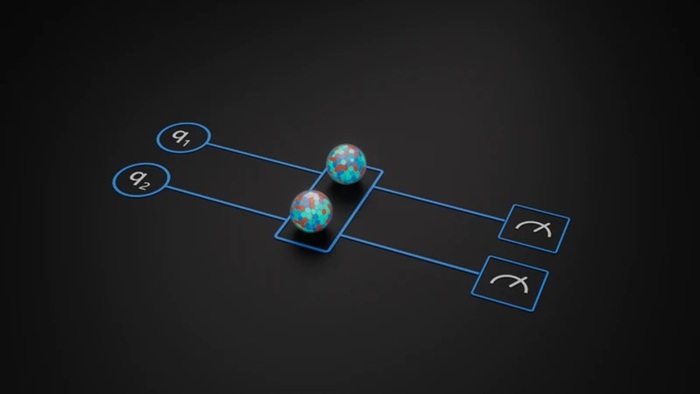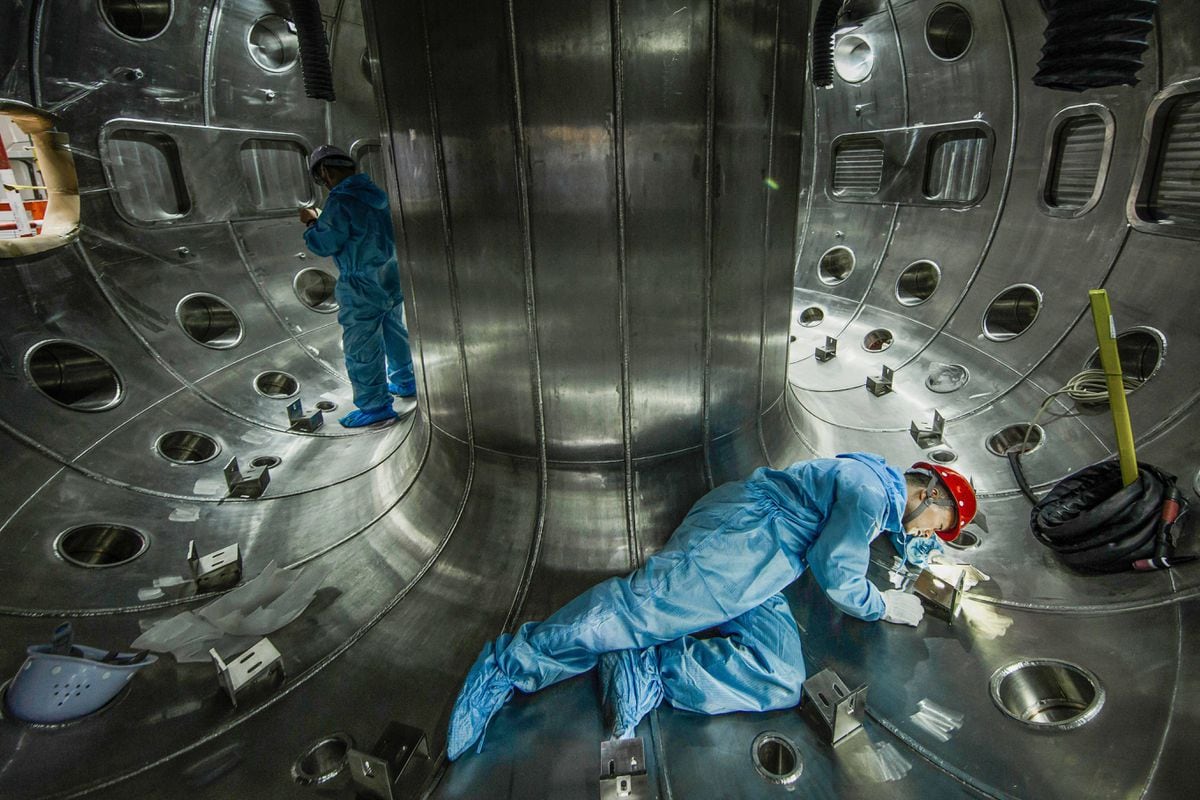Using DNA to manufacture superconductors, materials capable of letting electrical charges pass without opposing any resistance and fundamental for the technologies of the future: this is the scenario opened up by the research published in the journal Science by the University of Virginia.
Coordinated by.
biochemist Edward H. Egelman and Leticia Beltran, the researchers propose to use the DNA filaments to eliminate annoying impurities from carbon nanotubes and improve the conductive capacities of the filaments made of graphene.
Superconducting materials are among the most studied in many sectors as they have zero electrical resistance, ie they allow electrons to flow without obstacles.
This means that, unlike traditional conductive materials, they do not waste energy and do not produce heat.
Today there are materials of this type, but they have these characteristics only when they are cooled to temperatures close to absolute zero and therefore used in very restricted areas.
Theoretically a material with super conductive properties are carbon nanotubes, that is single sheets of graphene (whose discovery was awarded by the Nobel Prize for physics in 2010, wrapped to form a very thin tube. But to make carbon nanotubes without impurities, that is, only made of carbon atoms, it is almost impossible in practice.
Using now short segments of DNA, the American researchers have developed a method to eliminate impurities during the manufacturing phases of materials, including nanotubes.
In this process the DNA segments act as a sort of project manager during the arrangement of the atoms in the right positions avoiding the insertion of 'junk' atoms.
A technique that, the authors of the research themselves observe, could revolutionize the methods of production of materials and also lead to the production of superconducting nanotubes.




/cloudfront-eu-central-1.images.arcpublishing.com/prisa/ZV3HRONFCNGOLA37LDSKYTU2VY.jpg)








